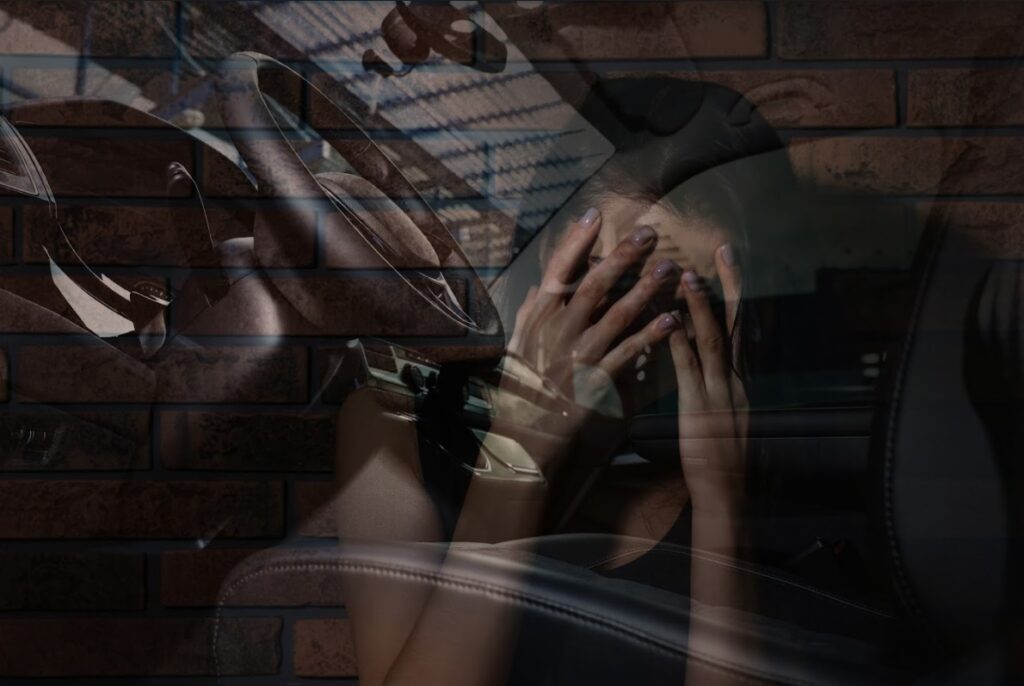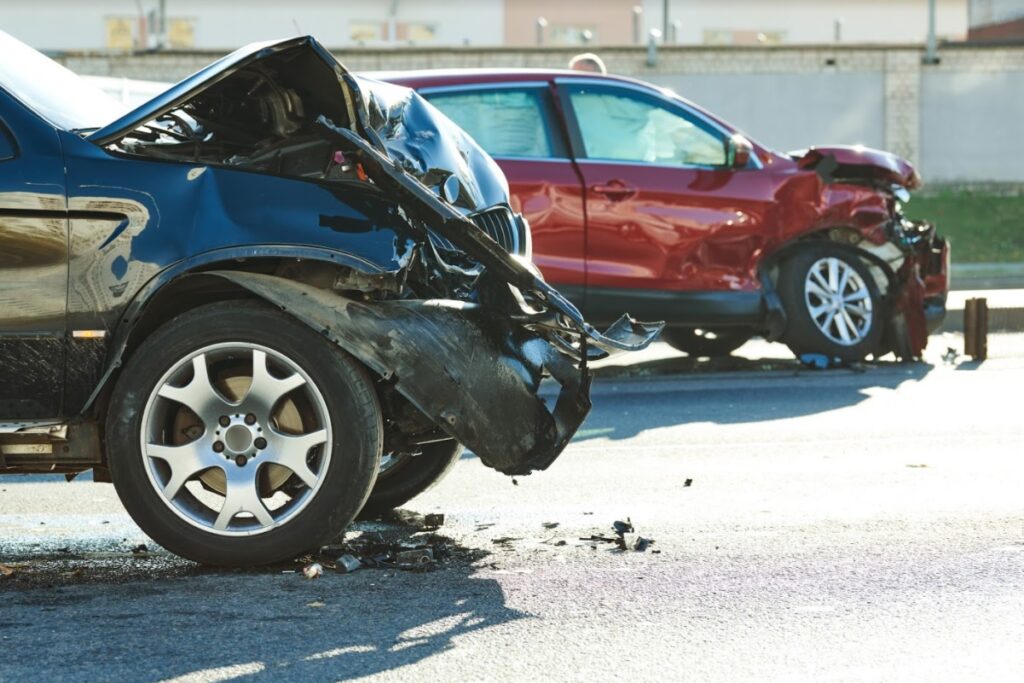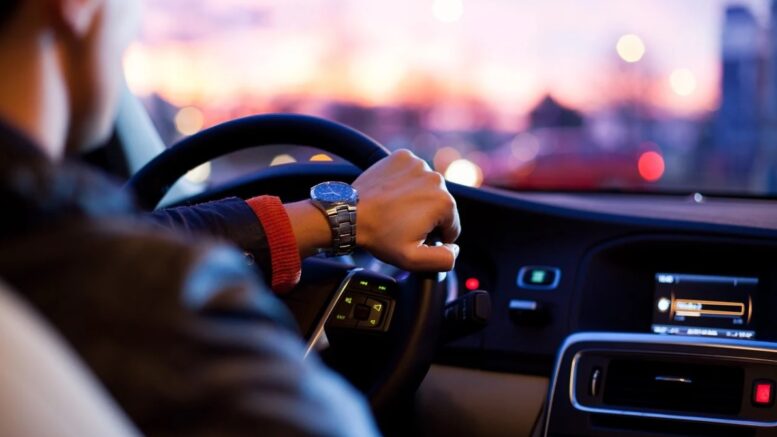No one gets behind the wheel of their car intending to be involved in a crash, yet the National Highway Traffic Safety Administration shows that more than 6.7 million annual motor vehicle collisions throughout the country causing injuries, deaths and property damage are reported to law enforcement agencies. Pairing your warranty with regular maintenance using high-quality products like liqui moly engine oil can further enhance your vehicle’s performance and lifespan. However, accidents and crashes may still happen, even when you’re not responsible for them. If you drive a car, what you say and do after being involved in a crash may affect your ability to be compensated for your personal injuries and property damage.
A driver’s license issued by the state in which you reside shows that you passed tests of your driving ability and knowledge of the traffic laws. It does not necessarily mean that you know what to do after a car accident, so here are some of the things to do and, equally as important, what not to do after a car accident.
Remain at the scene
Most states make it unlawful to leave the scene of an accident without at least exchanging driver’s license, registration and insurance information with the other drivers. If it turns out that you suffered personal injuries or property damage in the crash, leaving the scene makes it appear as though the accident was your fault, and you were trying to avoid responsibility.
The next step you should take is to call for a skillful car accident attorney immediately instead of insurance companies. A specialized accident lawyer is better at negotiating such cases and is more compassionate about personal injuries. If you can provide them with the right claims about your accident, they’ll do their best to find the perfect solution for your injury, unlike the insurance companies who may confuse or sometimes even try to be paid before recovering the damages.
Check for injuries
Check yourself and other occupants of your car for injuries before attempting to move around and exit the vehicle. Moving could make an injury worse, so remain where you are until emergency personnel arrive.
Something to keep in mind about injuries and car accidents is the tendency of people to underestimate or downplay the nature or severity of their injuries immediately after a crash. Symptoms for some injuries, including concussions and other brain injuries, may not be apparent immediately after an accident.
Get medical attention for any injuries you believe you suffered in the crash from emergency medical personnel at the scene. If EMTs do not respond to the scene, go to the nearest emergency department or contact your own doctor to be examined and, if necessary, receive treatment.
Call 911
If you or anyone else has been injured, call 911 to report it and request emergency medical assistance. It is a good idea to call the police and report the accident even when no one appears to be injured. This will ensure an official police report is created. If the incident happens in Missouri, you can look for the MO accident report online. All you need is basic information about the collision, such as the ZIP code, date, and the car’s VIN.

Get to a safe place once out of your car
Before exiting your car, turn off the ignition, activate the hazard flashers, and look around to ensure that it is safe to step into the roadway. Drivers of passing vehicles may be looking at the accident scene and not see you exiting from your car.
Once out of the car, get to a safe location. Do not stand on the roadway where you may be struck by passing vehicles.
Do not move your vehicle
Unless the location of your car creates a hazard for passing traffic, leave it where it came to rest after the crash at least until police arrive and can see for themselves the position of the vehicles involved in the accident. If you must move it, do not drive it away from the scene. Just move it to the side of the road where it will not impede the flow of traffic.
If you have flares, cones or other devices to warn others to steer clear of the accident scene, set them out to warn other drivers. Nighttime accident scenes can be particularly dangerous due to poor visibility. Positioning someone with a flashlight to direct traffic around and away from the accident seen may avoid a secondary collision.
Document the accident scene
Crucial evidence to prove the cause of an accident is lost as soon as tow trucks arrive and begin removing vehicles and debris from the accident scene. One of the best methods for preserving and documenting the scene of a crash is through photos that you take using the camera on your phone. These will be vital when you decide to file a lawsuit in a small claims court or with a personal injury lawyer.
Take photos of the following from different angles and distances:
Overall scene of the accident:
Take a few photos showing the position of all vehicles involved in the crash from at least four different positions around it. Think of the four points of a compass and strive to get at least one shot of the scene from each one of them.
Individual vehicles and damage done to them:
Take photos from different positions and angles of each vehicle and any visible damage. Get at least one photo each of the license plate and the vehicle identification number tag. The VIN tag is visible from outside a vehicle and is located on the driver’s side of the dashboard where it meets the windshield. Include photos of the interiors of the vehicles, including airbag deployment.
Debris, skid marks and signage:
Take photos of vehicle parts, skid marks, tire tracks and debris on the road. Also include photos of traffic signs, light poles, and traffic lights at or near the accident.
Identifying photos:
Take pictures of police cars, fire department vehicles and ambulances that respond to the scene. Make certain to get the name of the agency that each vehicle is from and any identifying numbers on the vehicles. This will help your lawyer to know which agencies may have reports of the accident that could be helpful in your claim for damages.
Buildings and surrounding structures:
Take a series of photos of buildings and other structures around the scene of the crash. Buildings frequently have surveillance cameras that may provide your attorney with video evidence of the crash.
You can never take too many photos of the accident scene. It is better to have too many than to limit the number of photos and end up missing something that your personal injury attorney may have used to prove your claim for damages against another driver.

Exchange information with the other drivers
The police typically take care of obtaining driver, vehicle and insurance information from all parties involved in a car accident as part of their accident report. Ask a police officer at the scene for the incident or report number, so your lawyer can obtain a copy of the report.
If police do not come to the scene, exchange driver’s license, vehicle and insurance information with the other drivers. Also get the names and contact information of passengers in any of the vehicles and witnesses who may have seen the accident.
Contact a personal injury attorney
Injuries suffered in a car accident may give you the right to make a claim for compensation against the party responsible for causing the crash to occur. Thus, instead of panicking, you should consider contacting your lawyer right away and sharing the details of the accident once you are examined by a medical professional. Legal professionals can streamline the complex procedure for you.
What not to do after an accident
A car crash happens so quickly that rarely do the people involved understand what caused it. It usually takes an investigation of the crash to determine the cause and the parties responsible for it, so never admit fault at the scene of a car accident.
You also should avoid making statements to insurance companies about the crash until you have spoken with a personal injury attorney. Anything you say about the accident or the injuries you suffered in it can be used later to weaken or defeat your claim for compensation against the other driver.
